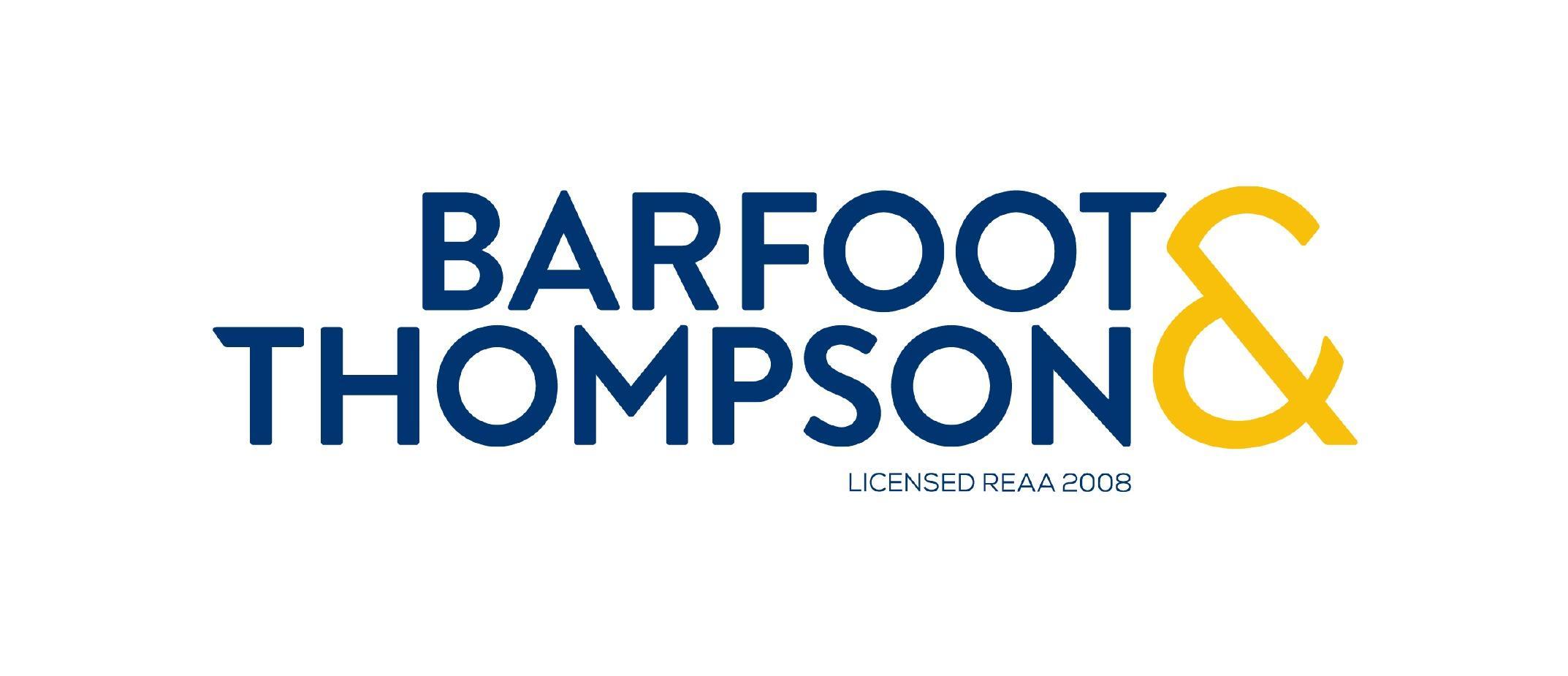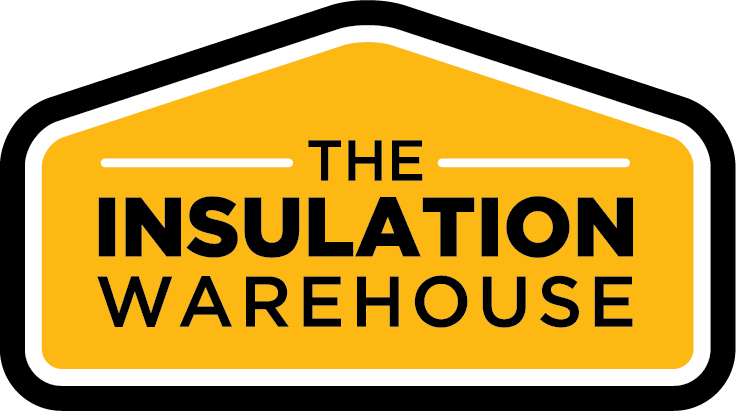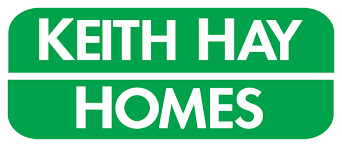Amidst all the hustle and bustle of life and the constant flow of property market news, it’s sometimes easy to lose track of where things currently stand and which regions are under or outperforming. So let’s spell out exactly where property values currently stand.
Over the 2023 calendar year, average values across the country dropped by 3.3% on the CoreLogic House Price Index (which looks at the average value of all stocks, not just recent sales) and are still 11.4% lower than the peak. But 2023 was a ‘year of two halves’, and after reaching a trough over August/September, average values then rose by 2.1% in the last few months of the year.
In terms of levels, average property values in December were $924,489, up by around $19,000 from the trough. That’s still around $119,000 lower than the previous peak but also $196,000 higher than the pre-COVID level in March 2020.
In other words, we had the post-COVID boom, which then gave way to a reasonably sharp downturn, especially in key markets such as Auckland and Wellington. But a fair chunk of the increases during the boom has nevertheless been retained, with an emerging upturn underway.
What about in the Auckland market itself? It’s important to note that, at $1,283,432 in December, average values are still about 16% below the peak. But they’ve also risen by 2.3% from the recent trough, with North Shore showing a solid 3.6% gain in the past three months, followed by Waitakere, Papakura, Auckland City, and Manukau, all with increases in the vicinity of 1.5-2%. Rodney has been slightly muted, and Franklin has dipped a bit since September (-0.8%).
Elsewhere, Wellington is also turning around, as are Hamilton, Tauranga, and Dunedin, while Christchurch never really fell very much, so it hasn’t seen the same speed of upturn. But values are nevertheless rising in the Garden City too, alongside other prominent markets such as Queenstown. In fact, Queenstown has proved resilient in the past couple of years, and values are now higher than ever, at around $1.77m.
Of course, for property investors, this emerging rebound could be a double-edged sword to some degree. On one hand, it potentially signals a buying opportunity with the prospect of more capital gains possibly on the table. Conversely, gross rental yields are already low, and further growth in property values would reduce those figures even further.
Meanwhile, the Reserve Bank will also be watching the property data closely. Any signs that price growth is getting too high for their liking could pull forward the timing for any caps on debt-to-income ratios for mortgage lending, which would tend to hamper some debt-backed property investors more than other buyer groups.
Overall, the next phase of the property market has arrived, with prices now showing signs of life. But I still wouldn’t be surprised to see a more subdued recovery in 2024 than in previous episodes. After all, although banks have started to cut some mortgage rates, they’re generally still high, and the prospect of full-scale/widespread falls in financing costs doesn’t seem especially likely for most of 2024. That will restrain house prices, as with any emerging job loss risks.
Regionally, the main centres may tend to benefit most from net inwards migration, but there’s a reasonable chance that provincial property values are a bit patchier this year.

Kelvin Davidson
Kelvin Davidson is the Chief Economist of CoreLogic New Zealand.














Add Comment